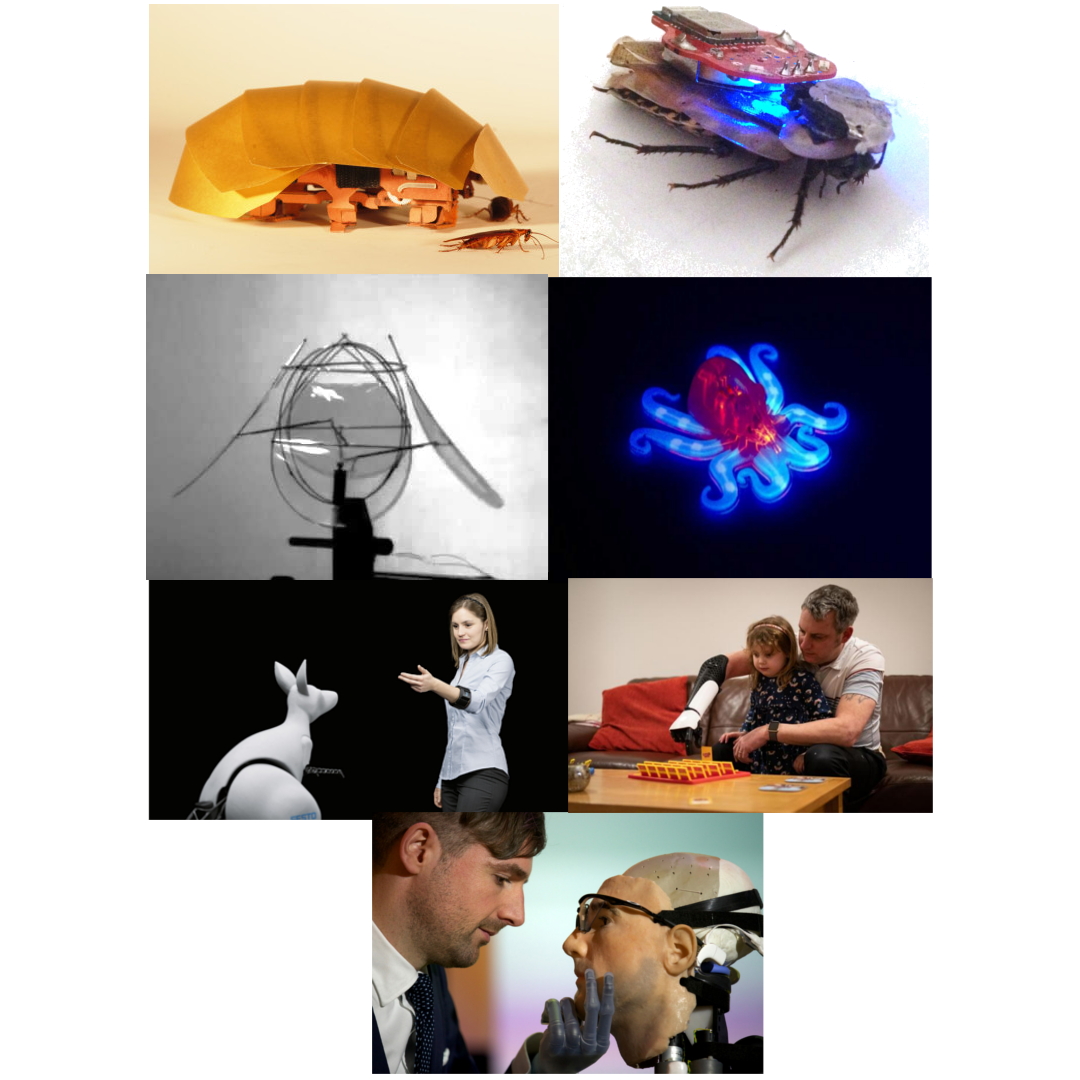Bionic Organisms
Posted on July 27, 2020 • 3 minutes • 445 words
Humans have always looked at nature as a guide, teacher, philosopher and divine. Nature is considered as the greatest mathematician, accountant, scientist and master of any infinite fields of enquiry. The biological aspect of nature has special attention by many scientists for the development of various technologies. Few examples include Velcro–inspired by clinging of burrs to the fur; Computer Viruses–inspired by human viruses; Cat Eye Reflectors–inspired by cats; Cooling Systems–inspired by termite mounds; and Smart Fabrics—inspired by pine cones—to control body temperature.
Wonders happen when engineering and robotics set foot to explore and replicate biological systems. This branch of exploration is called Bionics (Biological Electronics). In this post, I’ll be giving a few examples of Bionics.
-It is extremely tough to squash a cockroach. Cockroaches can take 900 times its weight on them and can compress their bodies 40 to 60% to fit into tiny corridors. By studying how cockroaches could do this, Scientists in UC Berkeley made a robot called CRAM–Compressible Robot with Articulated Mechanisms. CRAM could help find disaster survivors. -Why think of controlling an artificial cockroach when you can pull the strings of a real cockroach? Yes, RoboRoach does precisely the same by combining neural engineering and behavioural science. You can connect the RoboRoach to your iPhone and control the movement of a real cockroach. RoboRoach microstimulates the antenna nerves of the cockroach to move left or right. -Let’s fly in the air like a Jelly Fish. Ocean Jellies achieve stable hovering without aerodynamic dampers. Scientists from New York University developed a flying robot (Jellyfish Ornithopter) which uses Jet Propulsion just like a Jelly Fish. -Diving into the water. We need robots which could help us in Marine search and rescue, or Military Surveillance. Scientists at Harvard University created an Octobot which resembles an Octopus. This robot is really soft and has no rigid components. They could be notorious escape artists. -Who said Kangaroos are seen only in Australia? Festo developed a BionicKangaroo, replicating the unique jump of a Kangaroo. Its locomotion is extremely energy efficient. You can control them by gestures using a hand band. -It’s beneficial to duplicate ourselves. We are trying to replicate many organisms like Flying fox, Swift, etc. Duplication of our organs will be helpful as prosthetic. Darren Fuller was the first man to get his prosthetic “Hero Arm”. It takes up signals from the muscles of the residual limbs and acts exactly like a real arm.
##Can we recreate Humans?
Rex is the world’s first Bionic man. He has functional Limbs, Circulatory system, Spleen, Kidney, Pancreas, Lungs. Though the above said achievement is a long journey, we might someday make man in our reflection. Or not?
